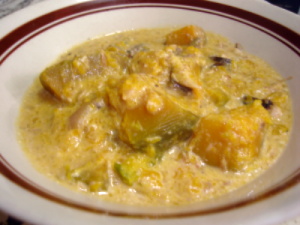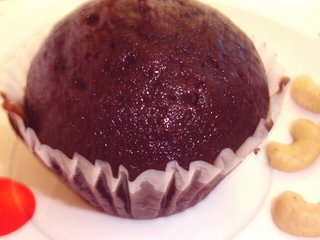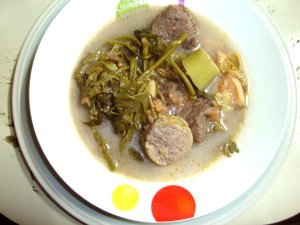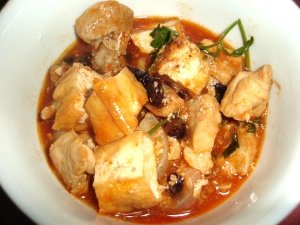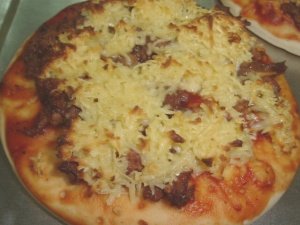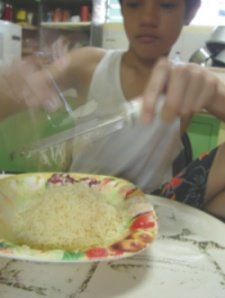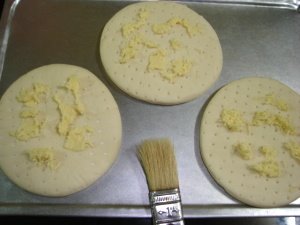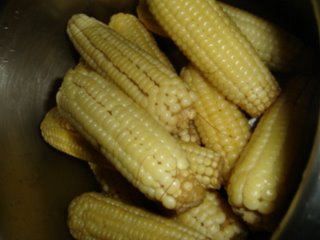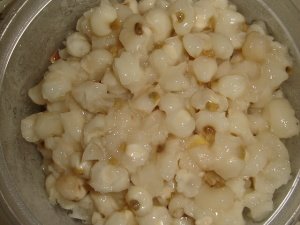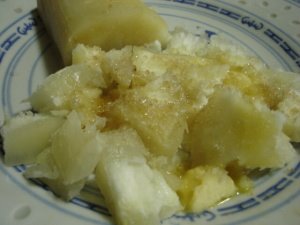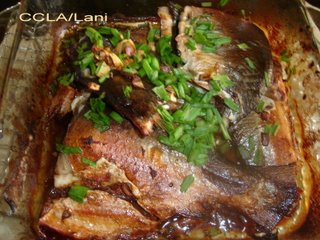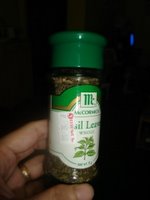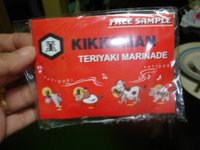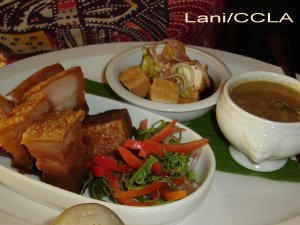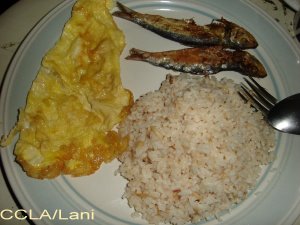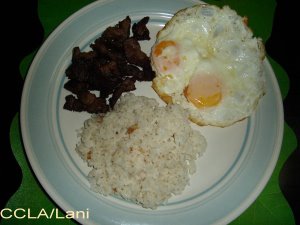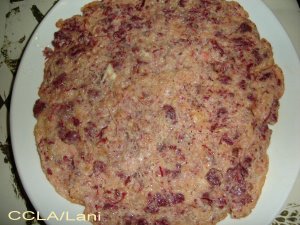I ordered ½ kilo of Chicken Menudo Cut so that I can try the Chicken Salpicao recipe written in the leaflet. The nicest thing about buying chicken from this station is that you can get what cut or part you really want from the fowl. You can buy boneless chicken breast, lumpia mix, pulutan mix, chicken barbecue, boneless menudo cut, etc. Although it is a little expensive when you buy chicken from this outlet but what’s important is that you’re paying for convenience and the high quality of the product you are buying. They guarantee also that their products are safe to eat and clean.
This recipe is a little spicy, but you can adjust the ingredients according to your preference.
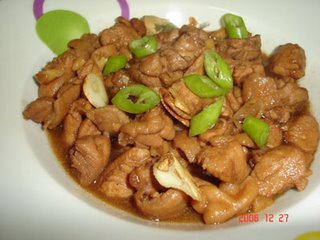
Ingredients:
½ kg MAGNOLIA CHICKEN MENUDO CUT
2 tbsp hot sauce
3 tbsp liquid seasoning
3 tbsp Worcestershire sauce
1 tsp ground black pepper
1 tbsp cooking oil
2 tbsp butter
1 tbsp garlic, thinly sliced
1/3 cup minced garlic
1 pc finger pepper (siling haba), seeded and sliced diagonally (optional)
1 tbsp chopped parsley (optional), for garnish
Procedures:
Marinate Chicken menudo cut in hot sauce, liquid seasoning, Worcestershire sauce and ground black pepper for about 5 minutes. Heat oil in pan. Saute 1 tbsp of garlic over moderate heat until golden brown. Remove garlic and set aside. In the same pan, melt butter and sauté the 1/3 cup minced garlic moderate heat until fragrant. Drain chicken from marinade and set aside. In the same pan, add chicken and continue sautéing over high heat until chicken turns brown. Immediately add marinade. Let simmer for a minute. Continue cooking until sauce reduces. Remove from heat and add finger pepper. Mix well. Transfer to sizzling plate or serving platter. Sprinkle with chopped parsley and fried garlic.

